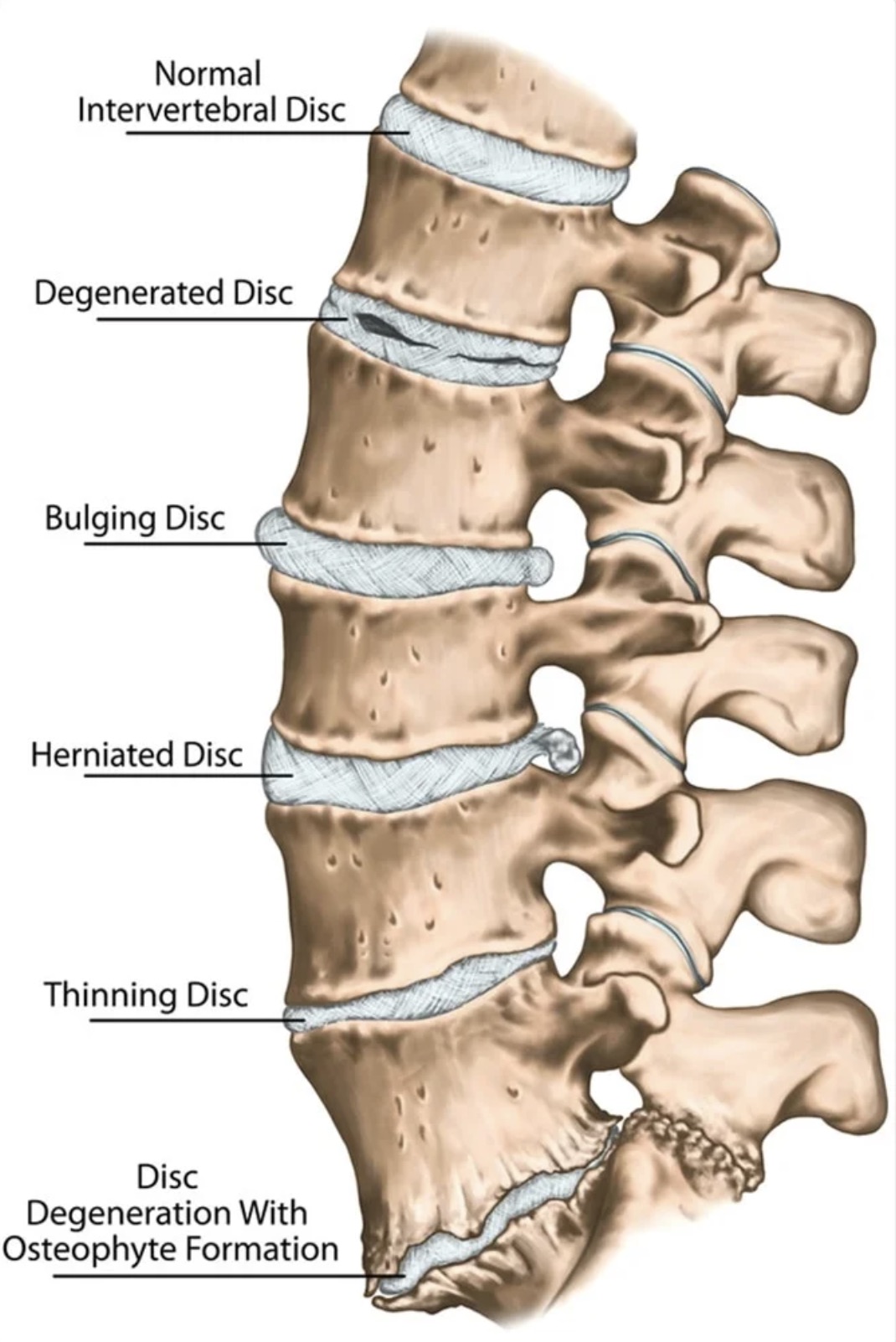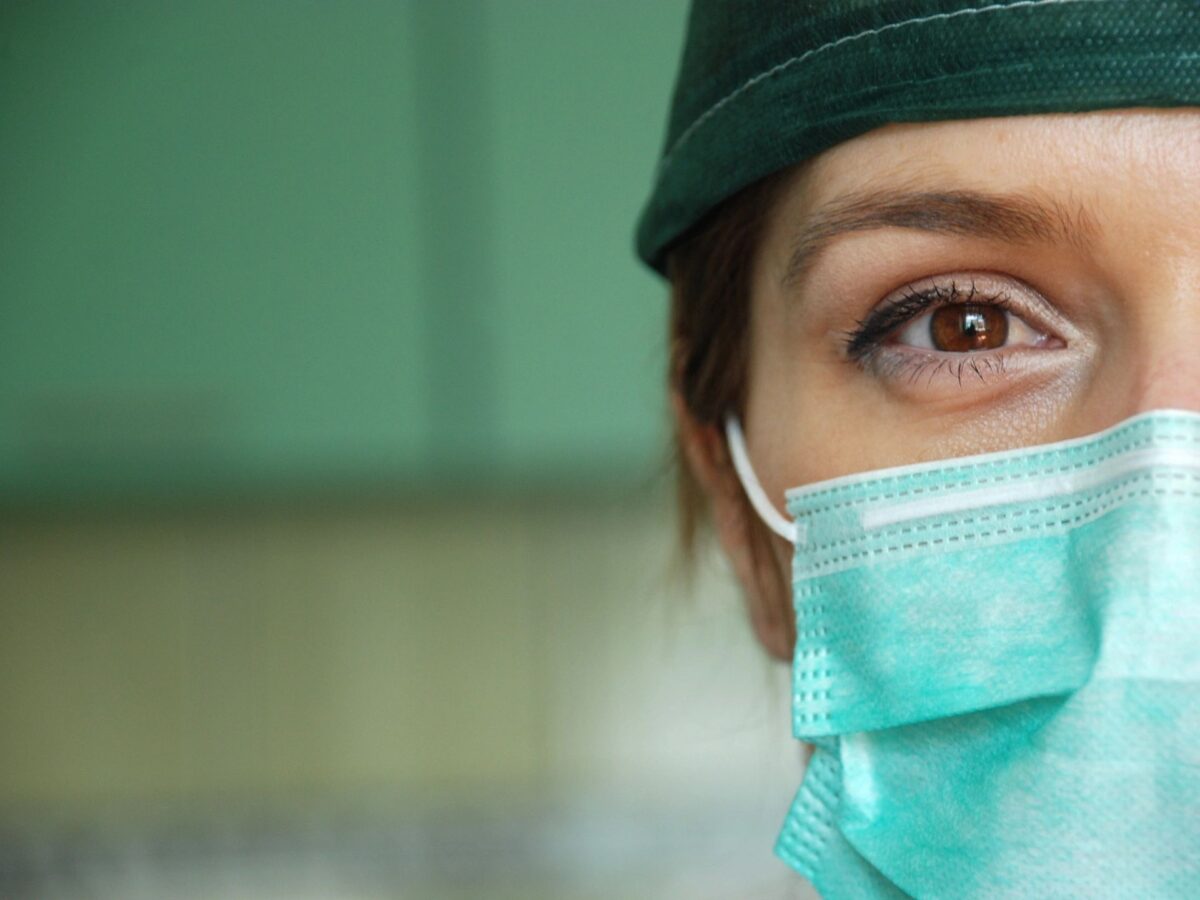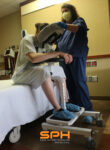You went into nursing because you wanted to help people feel better and become healthy. You knew you’d need to take care of yourself to keep up with all the running around, standing, bending, stretching, lifting, and general patient care. You also knew that providing face-to-face, hands-on, eye-to-eye care was a calling of the soul, not just a career. No robotic technology can ever replace the human touch and ability to provide hands on patient care, this includes safe patient handling practices. Personal interaction gives reassurance, hope, warmth, and a feeling of safety. Numerous studies celebrate the benefits of feel-good endorphins relieving pain and promoting healing.

Early in their professional training, nurses and aides learn about the hazards of immobility: the physical and emotional dangers of staying in the same position for long periods of time. Movement during and after recovery is life-saving for patients. Another part of training is the necessity for aides and nurses to use good body mechanics to protect their own bodies. Bad backs end careers. Poor lifting techniques result in back injuries, but so does the accumulation of micro-injuries repeated over time. Instructors emphasize the necessity of prioritizing safety by getting help instead of trying to perform a risky task alone.
In the real world, though, new nurses and aides were in for a shock as they encountered the reality of working in the healthcare field. In the past, tight budgets usually opted for physical labor over technology. As a new nurse, you didn’t realize how much manual lifting, limb holding, pushing, and pulling was required to perform general patient care tasks all day long. While working on the Medical floor, I cared for 5 patients that required boosting, turning, assistance out of bed, ambulation assistance, toilet transfers, dressing changes, linen changes, limb holding and more. These were all manual tasks that took their toll on my back, neck and shoulders. Even when we had help from a second nurse, one person seemed to be doing more of the work. Even with two people it wasn’t safe.
How do patients feel when they call for assistance but end up waiting long periods of time before anybody comes? How is it lying in cold urine until a lone staff member limps in, unable to find an available second helper? Statistics reveal that a major cause of falls in medical settings is patients trying to get up instead of waiting for help. Nurses and aides alike will agree that one of the things patients overwhelmingly want most is assistance getting comfortable or going to the bathroom. Sadly, patients often confess feeling guilty calling for help from their exhausted aides and nurses, confiding that they don’t want to be a burden, either emotionally or physically. And they don’t have to!
Innovative biomedical engineers have designed wonderful products that make life better for people with illnesses and disabilities. Considering the miracles that modern technology has achieved, nurses, aides, and patients benefit in the following ways when using the RoWalker for early Mobility, MiniLift200 for sit to stand transfers, the breathable repositioning sheet for boosting and turning, the EPD for help during epidurals and spinal blocks, and the SPH Medical Air Assisted Transfer System because lateral transfers and boosting occurs everywhere:
- Improved patient mobility
- Reduced Risk of falls
- Improvement in strength and endurance
- Reduction in delirium
- Reduced risk of injury to hospital staff
- Reduced friction on patients skin
- Improved staff morale
- Nursing retention and career longevity
Facilities such as hospitals, surgery centers, extended care facilities, rehab centers, day centers, and private homes also benefit.
Repositioning injuries from pulling patients up in bed or readjusting their joint alignment with pillows is common in nursing staff. This boosting task is also one of the most frequent causes of injury to nurses. The Lateral Transfer, that is helping with a patient move from the bed to a wheelchair, recliner, or stretcher, is often the riskiest because the patient’s full weight is involved. Patients often move and shift during repositioning and lateral transfers. Newton’s Second Law of Motion (describing a force to equal to mass plus velocity over time) translates to Nursing Injury, staff reduction, compromise in patient care, and increased hospital costs. Gait belts and draw sheets we thought were better than nothing but they can transmit infection, disturb wound dressings, and cause pinching and abrasion of delicate skin. There are safer methods now to lift, move, transfer, hold, and ambulate patients using modern safe patient handling techniques that are simple and easy to use.
Not only can they save staff members time and energy, but they inspire patient confidence in medical facilities. Investing in equipment that protects staff and benefits patients offers a proven Return On Investment because it proves to staff and patients alike corporation recognizes and values their work, safety, and cares about their welfare. Patients also see how the administration functions as a team instead of driving their workforce to exhaustion.
Assistive devices to aid in lateral transfers such as the SPH Medical Air Mat have the ability to save hospitals hundreds of thousands of dollars in direct medical expenses not to mention the indirect cost of staff injuries that are estimated to be three to ten times the cost of direct medical expenses.
This nurse for one is thankful that modern Safe Patient Handling has arrived. I just wish it was here 30 years ago! I left the workforce with a severe back injury coupled with damaged shoulders and too many strains and sprains to count. Please investigate the appropriate assistive devices for your healthcare environment by consulting the experts at SPH Medical. I know they would be happy to help.



